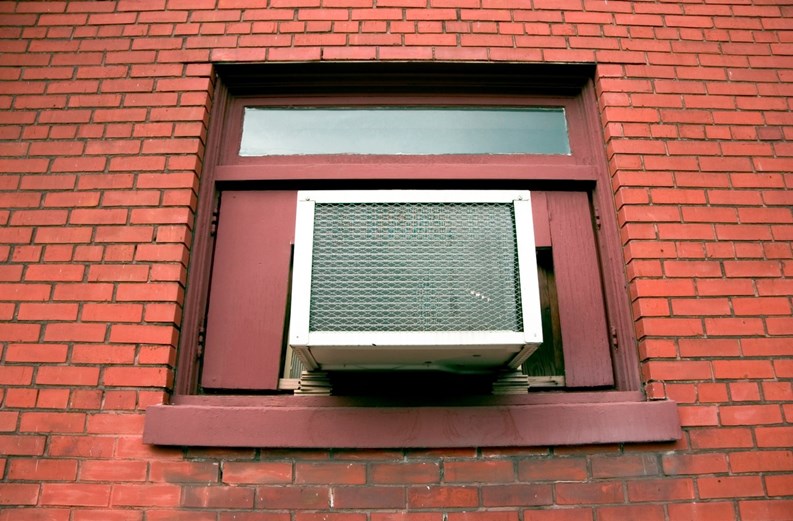It's still February, but with temperatures expected to reach a balmy 60 degrees this weekend in New York City, it's only a matter of time when spring is arrives. And along with the hint of spring come thoughts of summer, which means air conditioning. For many New Yorkers, that’s through the window air conditioning (A/C) units.
Rules and Regulations
Like pretty much anything in New York City, your air conditioner is governed by rules and regulations. While not specifically mentioned in the law, A/C units fall under the purview of Local Law 11, enacted in 1998. They’re covered under administrative code C26-105.3, which deals with exterior walls and appurtenances thereof. The code requires inspection, notification of unsafe conditions, submission of a report of examination by an architect or engineer in the event of unsafe conditions, and the completion of necessary repairs (There are additional sections dealing with exceptions and violations--to view the code, click here).
From a practical standpoint, that means all residents who install window unit air conditioners must follow a certain set of suggested guidelines available from the city, which you can read here. In short, the city recommends (which really means requires, as most co-op and condo boards and landlords would like to avoid violations under the administrative code mentioned above) that all units are secured with “supporting metal brackets” that “should be structurally fastened to the building and must be strong enough for the size and weight of the A/C unit.”
The New York City Buildings guidelines also make it abundantly clear that one “should not use loose objects—such as wood blocking, bricks, telephone books, gypsum boards or cans—to support the leveling of the A/C unit.” The recommendations also specifically state that nothing should be place on top of the A/C unit such as TV antennae, satellite dishes or plants, and that they unit should not block fire escapes or other exits.
Up or Down?
Of course, the downside to window unit air conditioners is that they virtually always block one of the essential amenities most sought after in a New York City apartment: light. One option is to install the air conditioner at the top of the window rather than at the bottom on the sill. While that will afford more access to light in many cases (many people have some kind of blind or shade over the upper window anyway) the installation is more complicated. Lower window installation requires a simple T-bracket that attaches with three screws. Upper window installation requires brackets along the sides and under the unit straddling the window.
According to the superintendent of a six-story elevator co-op building in Washington Heights with whom The Cooperator spoke, only one of his 54 residents has upper window air conditioner installation. The brackets were much more difficult to install and the unit can’t be removed for winter storage as many residents do with units installed in the lower window.
Floral Display
Another consideration may be whether or not a resident might like to brighten up their windows with window box planters. The idea of colorful flowers enchanting your view can be very compelling. But again this is New York City, and there are plenty of regulations governing window boxes coming from several department--including the Landmarks Preservation Commission, the New York Department of Sanitation, and the good old New York City Department of Buildings--in the form of the same administrative code section C26-105.3, governing exterior walls and appurtenances thereof. Ultimately, your condo or co-op board or landlord will be the final arbiter of whether you can have window boxes.
Assuming you can, they may be the reason to pick upper window installation for your A/C unit. You can have the best of both worlds: flowers on the bottom and cool, comfortable air in the heat of August on top. In any event, check with your board before you install either or both.
A.J. Sidransky is a novelist and a staff writer for The Cooperator and other publications.





Comments
Leave a Comment